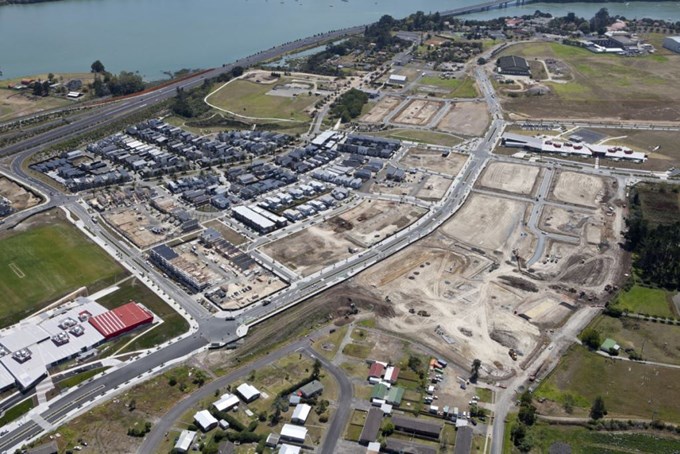There’s been a lot of talk recently that zoning more of Auckland’s rural land for development would result in bringing down property prices.
But commentary on the issue often overestimates the costs of land regulation in Auckland because it doesn’t consider all the facts, says Auckland Council’s Chief Economist David Norman.
In the latest Insights paper, David takes a look at three issues often neglected in the recent coverage and asks is it time for a reality check?
“There is little doubt that excessive land use regulation would artificially raise the price of land. That’s a fundamental of the demand and supply equation,” David says in the Insights paper.
"But that’s not happening in Auckland. Recent coverage often neglects the impact of the Auckland Unitary Plan, confuses land supply with housing supply, and disregards the costs of turning farm land into developed land.
10 times the shortfall already zoned
“The Auckland Unitary Plan has rezoned a huge amount of land for development. It allows for around 420,000 new dwellings over the next 30 years with the majority of these built in urban areas.
“Auckland’s estimated housing shortfall is about 40,000 dwellings so there is already at least 10 times more land zoned for development or redevelopment than the existing shortfall.
“If we could snap our fingers and deliver those 40,000 dwellings today, we’d still have a mountain of land zoned for further development over the next 20 to 30 years.
“If having 10 times the amount of building potential already zoned is not bringing land prices down sharply, what will?”
Land supply is not housing supply
“Land supply is very often confused with housing supply and they are not the same thing.
“Auckland could have 10 million sections available to build houses on but if there’s rapid population growth and we’re not building houses fast enough to meet demand then property prices will increase.
“With 140,000 more people choosing to make Auckland their home over the last three years the slow increases in housing supply and unprecedented growth in demand is a key factor in holding up house prices, regardless of how much land is available.
A farm is not development-ready
“Arguments favouring freer zoning than even the Unitary Plan allows often compares the value of undeveloped farm land a long way from Auckland’s CBD with closer urban suburbs and this isn’t a valid comparison.
“It ignores the massive bulk infrastructure costs, upwards of $140,000 per new housing unit on average, needed to develop distant rural land into accessible and liveable residential suburbs.
“It doesn’t account for the fact that rural land tends tend to be much cheaper because its located further away from jobs, public transport and other amenities like schools, parks, shops and entertainment that add value to urban areas.
“Overall, there needs to be a more accurate consideration of all the costs that go into developing land to understand what, if any, costs there is from land use regulation through current zoning.”
The full paper
Click here to read the full Insights paper (PDF 535KB)


